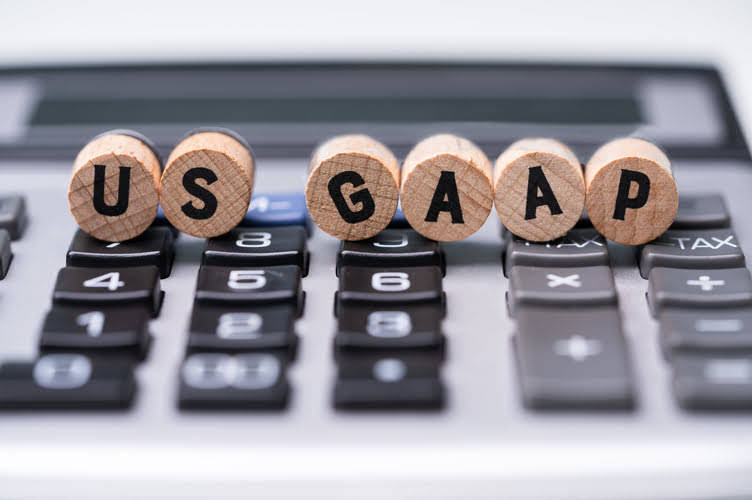Content

Current and non-current assets should both be subtotaled, and then totaled together. As with assets, liabilities can be classified as either current liabilities or non-current liabilities. We accept payments via credit card, wire transfer, Western Union, and (when available) bank loan. Some candidates may qualify for scholarships or financial aid, which will be credited against the Program Fee once eligibility is determined. Please refer to the Payment & Financial Aid page for further information.

When analyzed over time or comparatively against competing companies, managers can better understand ways to improve the financial health of a company. Shareholder equity is the money attributable to the owners of a business or its shareholders. It is also known as net assets since it is equivalent to the total assets of a company minus its liabilities or the debt it owes to non-shareholders. Accounts within this segment are listed from top to bottom in order of their liquidity. They are divided into current assets, which can be converted to cash in one year or less; and non-current or long-term assets, which cannot. Balance sheets are important because they give a picture of your company’s financial standing.
Prepaid Expenses
Next companies must account for interest income and interest expense. Interest income is the money companies make from keeping their cash in interest-bearing savings accounts, money market funds and the like. On the other hand, interest expense is the money companies paid in interest for money they borrow.
Cash equivalents are very safe assets that can be readily converted into cash; U.S. Assets are on the top or left, and below them or to the right are the company’s liabilities and shareholders’ equity. A balance sheet is also always in balance, where the value of the assets equals the combined value of the liabilities and shareholders’ equity. Assets are what a company uses to operate its business, while its liabilities and equity are two sources that support these assets. A company can use its balance sheet to craft internal decisions, though the information presented is usually not as helpful as an income statement. A company may look at its balance sheet to measure risk, make sure it has enough cash on hand, and evaluate how it wants to raise more capital (through debt or equity).
Current (Short-Term) Assets
The vertical format is easier to use when information is being presented for multiple periods. You can list these formulas in your skills section to imply your knowledge of https://adprun.net/small-business-accounting-101-12-steps-for-basics/s, or you can list “financial statements” as a skill on its own. Additionally, you can use the description section for prior work or internship experience to talk about times when you created or used financial statements in a professional setting. A balance sheet shows the three main accounts (assets, liabilities, and equity) and compares the balances against previous periods. For example, an annual sheet will usually compare current balances to the prior year, and quarterly statements contrast the same quarter from the previous year.
If a company has an inventory turnover ratio of 2 to 1, it means that the company’s inventory turned over twice in the reporting period. These are expenses that go toward supporting a company’s operations for a given period – for example, salaries of administrative personnel and costs of researching new products. Operating expenses are different from “costs of sales,” which were deducted above, because operating expenses cannot be linked directly to the production of the products or services being sold. Shareholders’ equity is the amount owners invested in the company’s stock plus or minus the company’s earnings or losses since inception. You don’t have to be an accountant or great with numbers to create a The Ultimate Guide To Bookkeeping for Independent Contractors for your business. In fact, your accounting product can prepare one for you automatically based on the information you provide.
Accounts Receivable
Property, Plant, and Equipment (also known as PP&E) capture the company’s tangible fixed assets. Some companies will class out their PP&E by the different types of assets, such as Land, Building, and various types of Equipment. Enter your name and email in the form below and download the free template now! You can use the Excel file to enter the numbers for any company and gain a deeper understanding of how balance sheets work.
- Designed with secondary or investment properties in mind, this comprehensive balance sheet template allows you to factor in all details relating to your investment property’s growth in value.
- Here are the elements and components of a balance sheet and how they work.
- A balance sheet, along with the income and cash flow statement, is an important tool for investors to gain insight into a company and its operations.
- If it’s publicly held, this calculation may become more complicated depending on the various types of stock issued.
- Cash Equivalents are also lumped under this line item and include assets that have short-term maturities under three months or assets that the company can liquidate on short notice, such as marketable securities.
Notes payable may also have a long-term version, which includes notes with a maturity of more than one year. Accounts Payables, or AP, is the amount a company owes suppliers for items or services purchased on credit. As the company pays off its AP, it decreases along with an equal amount decrease to the cash account.

Recent Comments